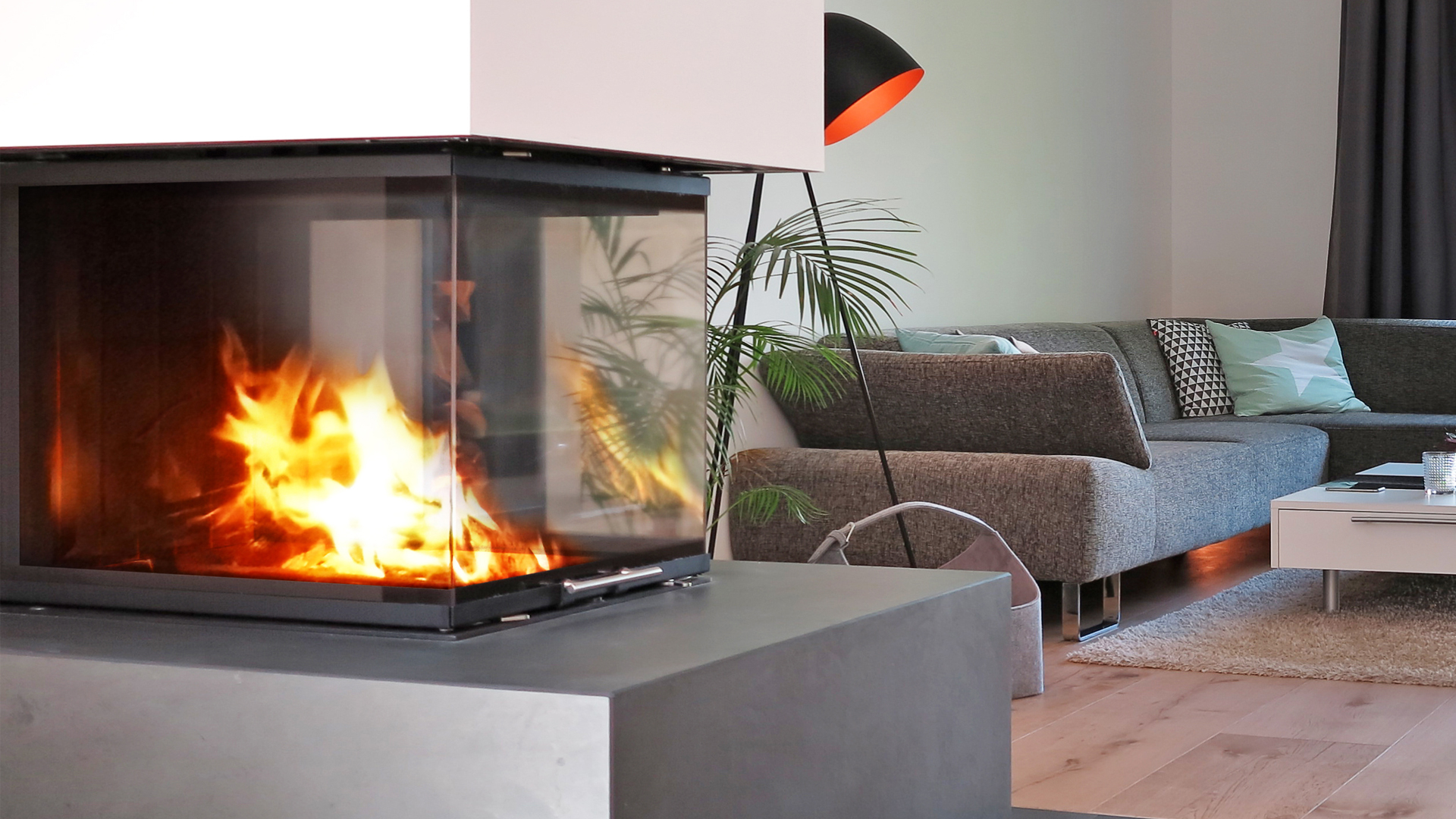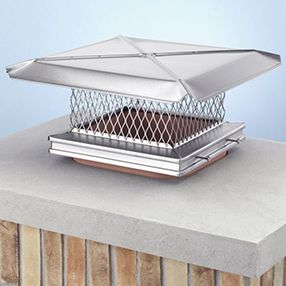
Préparez votre maison pour l’automne : pourquoi le ramonage est essentiel avant les premiers froids
L’arrivée de l’automne marque le moment idéal pour préparer votre maison aux températures plus fraîches. Parmi les gestes incontournables, le ramonage de la cheminée occupe une place essentielle. Ce nettoyage annuel garantit non seulement un chauffage efficace, mais aussi la sécurité de votre foyer.

Protégez votre cheminée avec un scellant hydrofuge de qualité
Les cheminées en maçonnerie sont magnifiques, mais elles présentent un inconvénient majeur : leur porosité naturelle. La brique et le mortier absorbent l’eau de pluie, la neige fondue et même l’humidité générée par le chauffage. Avec le temps, cette accumulation d’humidité affaiblit la structure, provoque l’effritement des joints, le décollement des briques et des dommages internes au conduit.

Pourquoi une inspection de cheminée est essentielle lors de la vente d'une maison
Lorsque vous vendez une maison, il y a plusieurs éléments importants à vérifier pour garantir une transaction réussie. L’un de ces éléments souvent négligés est l’état de la cheminée. Les cheminées, qu’elles soient à bois, à gaz ou à combustion, sont des installations essentielles dans de nombreuses maisons. Cependant, leur sécurité et leur bon fonctionnement doivent être vérifiés régulièrement pour éviter tout risque d'incendie.

Pourquoi faire une inspection certifiée avec Ramonage 4 Saisons est essentiel pour votre sécurité ?
L’entretien de votre système de chauffage, qu’il s’agisse d’un foyer, d’un poêle ou d’une cheminée, ne devrait jamais être pris à la légère. Faire appel à Ramonage 4 Saisons pour une inspection certifiée vous assure non seulement la conformité de vos installations, mais aussi la sécurité de votre foyer et la tranquillité d’esprit.

L'importance de l'entretien et nettoyage des conduits de ventilation pour les commerces et industries
L’entretien et le nettoyage régulier des conduits de ventilation sont cruciaux pour garantir un environnement sain et sécuritaire dans tous les types d’établissements commerciaux et industriels, que ce soit pour une garderie, un restaurant, une cabane à sucre, ou encore pour des secteurs tels que les torréfacteurs et autres commerces industriels. Il ne s’agit pas seulement d’une question de confort, mais également d’un impératif pour la santé, la sécurité et l'efficacité opérationnelle.

L'importance du nettoyage des conduits de sécheuse
Avec l’arrivée du printemps, le nettoyage de votre maison devient une priorité. Une tâche souvent négligée mais essentielle pour la sécurité de votre domicile et le bon fonctionnement de vos appareils est l'entretien des conduits de sécheuse. Ce nettoyage régulier joue un rôle clé dans la sécurité de votre habitation et l’efficacité de votre sécheuse.

Feux de cheminée : Pourquoi ramoner régulièrement votre cheminée est essentiel
Chaque année, le Québec enregistre plus de 1 100 feux de cheminée, entraînant des pertes matérielles et humaines considérables. Ces incidents, bien souvent évitables, sont liés à un entretien inadéquat des cheminées et des systèmes de chauffage. Ramoner votre cheminée régulièrement est une étape essentielle pour garantir la sécurité de votre domicile. Voici pourquoi il est crucial de prendre soin de votre cheminée, et pourquoi faire appel à un expert tel que Ramonage 4 Saisons peut faire toute la différence.

Protégez votre cheminée : Installez un chapeau de cheminée
Vous remarquez que votre cheminée semble bouchée, ou que la pluie et la neige s’infiltrent dans votre foyer? Peut-être que des débris s’y accumulent et gênent son fonctionnement? Si c’est le cas, il est temps de considérer l’installation d’un chapeau de cheminée. Cet accessoire simple, mais efficace, peut résoudre de nombreux problèmes communs.

Creosote – What is it and what is the danger associated with it?
Do you know what creosote is?
Creosote is formed from incomplete wood combustion. When a combustible burns, this creates heat. When smoke is not properly vented out of the chimney, it cools down inside the chimney’s walls and builds up.

What is a pellet stove?
Do you know about pellet stoves? There are great alternatives to traditional wood stoves! To asses whether this type of stoves is right for you, here’s a small guide to help you understand their function and use.





























